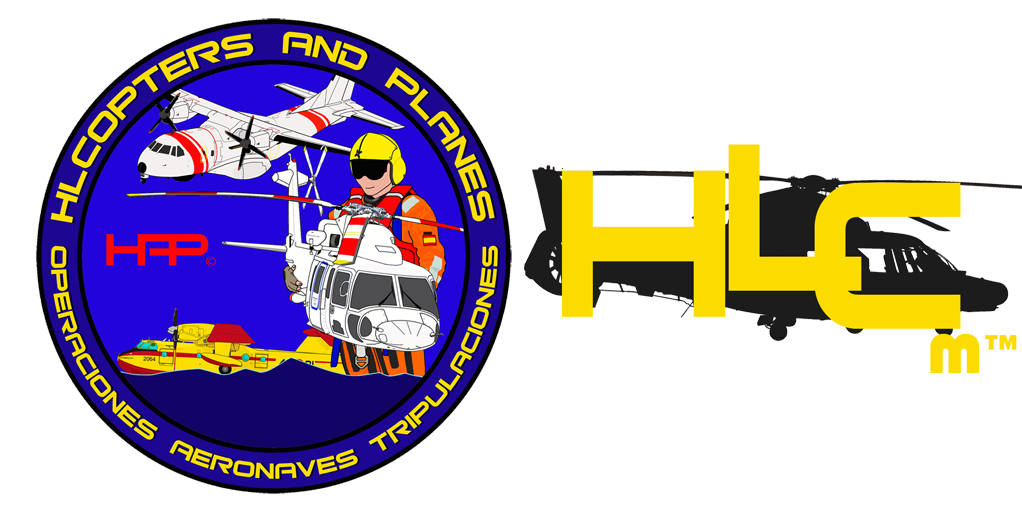
The aircraft’s delivery to MCAS New River marks another on-time milestone for the U.S. Marine Corps’ future heavy-lift helicopter program. Personnel with Marine Operational Test and Evaluation Squadron 1 (VMX-1) will bring the CH-53K into the supportability test plan, where they will conduct a logistical assessment on the maintenance, sustainment and overall logistics support of the King Stallion.
The CH-53K is meant to replace the Marine Corp’s fleet of CH-53E heavy-lift helicopters. The King Stallion has several upgrades over the legacy aircraft including a digital glass cockpit and fly-by-wire controls. It can externally transport 27,000 lbs. over 110 nautical miles and has a max external lift of 36,000 lbs., three times that of the legacy “E” aircraft.
U.S. Marine Corps Photo by Sgt. Matthew Callahan.
Story by Maj. Jorge Hernandez | Communication Directorate
Deputy Commandant for Aviation Lt. Gen. Mark Wise announced the US Marines has achieved Initial Operational Capability (IOC) in the CH-53K King Stallion on April 22, 2022. This plan supports Gen. Berger’s Force Design 2030 by improving capabilities and restructuring Marine Corps aviation for the future fight.
In addition to meeting Marines IOC criteria, the CH-53K successfully completed a thorough initial operational test and evaluation period that resulted in over 3,000 mishap free hours flown in various challenging environments and terrain.
“My full confidence in the CH-53K’s ability to execute the heavy lift mission is the result of successful developmental and operational testing conducted by Air Test and Evaluation Squadron (HX) 21 and Marine Operational Test and Evaluation Squadron (VMX) 1” said Wise.
The CH-53K is an optimized vertical, heavy lift, sea-based, long range solution for the naval force and will immediately provide nearly three times the lift capability of the CH-53E Super Stallion, with the ability to transport one hundred percent of the vertical Marine Air-Ground Task Force (MAGTF). Per the Commandant’s Force Design 2030 Annual Update, the CH-53K will complement connectors that will enable littoral maneuver and provide logistical support to a widely disaggregated naval force.
“The success to date of the Sikorsky CH-53K is a reflection of the hard work and effort by the Marines, sailors, and civilians at VMX-1, H-53 Program Office (PMA-261), and Marine Heavy Helicopter Squadron (HMH) 461, and the support we have received over many years from across the Department of the Navy and our industry partners,” said Wise.
The Sikorsky CH-53K King Stallion boasts an engine that produces 57% more horsepower with 63% fewer parts relative to its predecessor, which translates to an expanded capability to deliver internal and external cargo loads, providing the commander a mobility and sustainment capability the MAGTF has never had before.
The most notable attribute of the King Stallion helicopter is its ability to maintain increased performance margins in a degraded aeronautical environment, for example at higher altitudes, hotter climates and carrying up to 27,000 lbs. out to 110 nautical miles; whereas, the CH-53E would be limited to a 9,628-pound external load in the same environment.
The Marine Corps plans to deploy the first CH-53K Marine Expeditionary Unit (MEU) detachment in fiscal year 2024, setting the initial conditions for sustained CH-53K deployments in support of MEUs.
For more Hlcopters Magazine breaking news, stories, images and videos follow us on Facebook, Twitter, Instagram and YouTube
The appearance of U.S. Department of Defense (DoD) visual information does not imply or constitute DoD endorsement.

